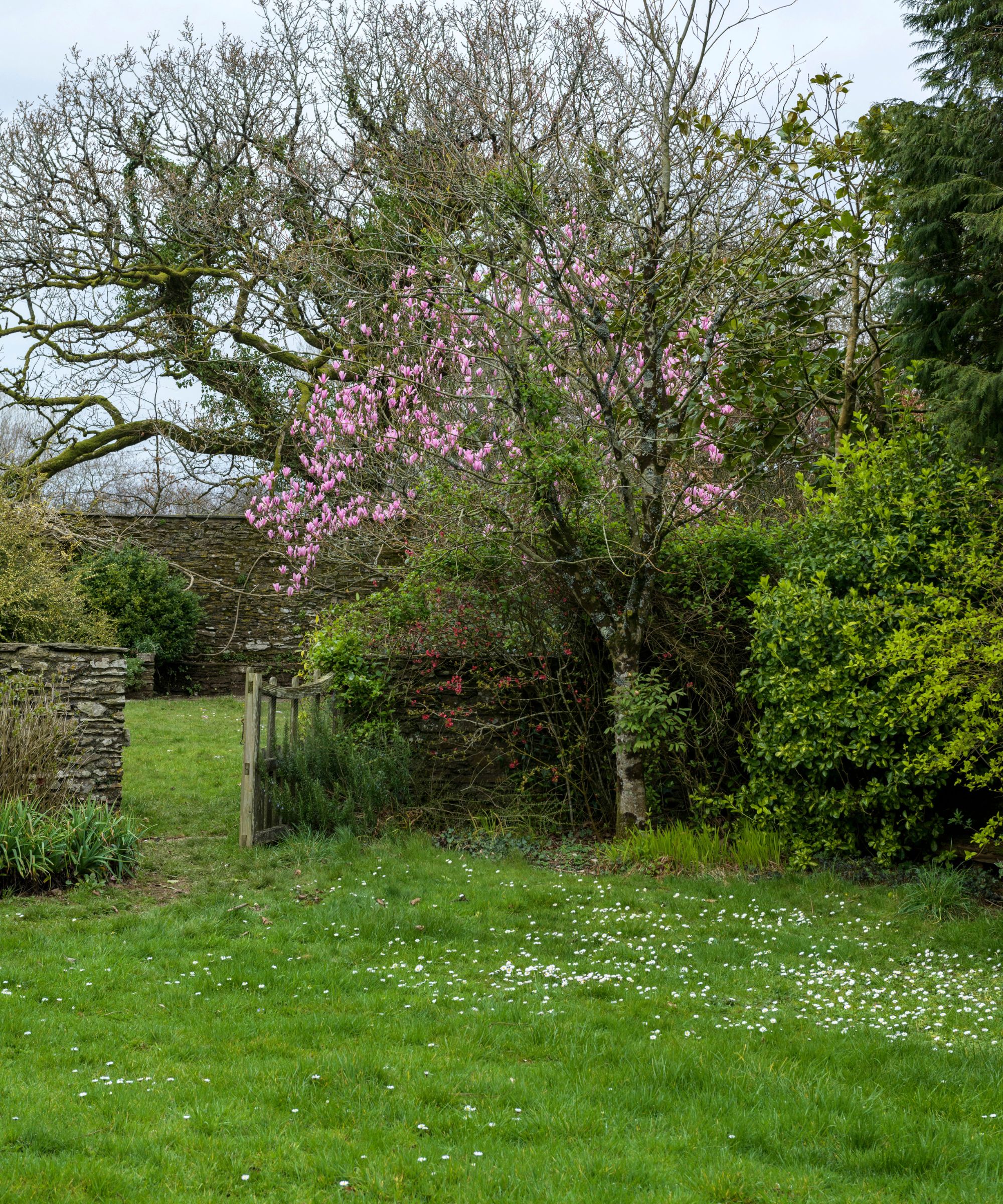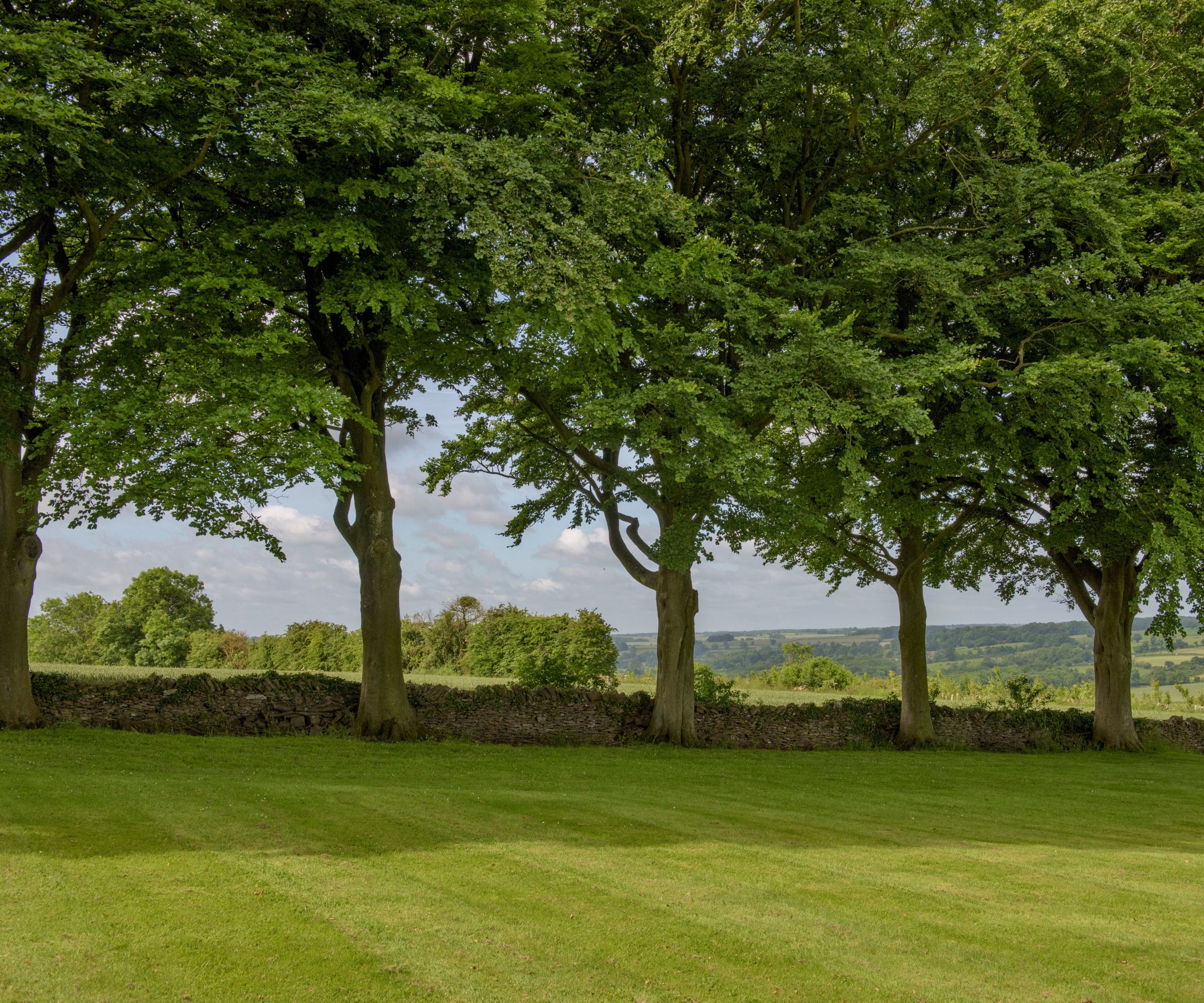When to aerate a lawn – for a gorgeous grass lawn every time
Maintain a beautiful lawn by aerating at the right time with these expert tips


When it comes to lawn care, there is perhaps no task more crucial than aerating. Learning when to aerate a lawn can make all the difference between gorgeous grass and a bare backyard.
Once you know how to aerate a lawn, it is best practice to learn when to aerate for the best effect. Aerating your lawn at the right time can positively impact your lawn and garden ideas for the rest of the year, and even prevent and solve major lawn catastrophes such as waterlogged lawns and repairing patches in the grass.
Here, experts have offered their tips for aerating your lawn at the right time of year for the best results.
When to aerate a lawn
‘Most people will aerate after doing the annual dethatching job, as they both should be done in the spring or fall,’ says Carlos Real, lawn care expert and managing director of TotalLawn. ‘Just remember to give the lawn a good feed and watering after you’ve done these jobs because you will have put your lawn under serious stress.’
For lawns with warm season grasses, however, aerate in late spring or the very first part of the summer.
‘A safe general rule for time of aeration is to aerate only when the desirable grasses are growing vigorously,’ says John C Harper, II, agronomist at PennState Extension.
Worried about damaging the lawn? In times of active growth, grass recovers quickly and fills in the places where soil has been exposed by the aeration process.
Design expertise in your inbox – from inspiring decorating ideas and beautiful celebrity homes to practical gardening advice and shopping round-ups.
Aerating in spring

Spring is often the most common time for aerating a lawn as it coincides with most grasses growing season. Aerating your lawn during this vital growth period allows grass to heal properly from the winter.
‘Aerating in spring prepares your lawn for the long, hot summer months and the dry weather they bring,’ says Rachel Crow garden editor for Homes & Gardens. ‘It is important to only aerate your lawn in spring when the soil is not too wet but damp as aerating wet soil will not allow water or air to reach the roots effectively.’
March all the way through to the early summer months of June before intense heat are great times to begin aerating in spring ready for summer. ‘The higher quality and better maintained a lawn is, the longer it will be able to withstand drought and the sooner it will recover,’ adds Jonathan Hill, sales director, and lawn expert at Rolawn.
Aerating in fall

‘Aeration can help aid the lawn’s recovery after arid conditions, so fall is a good time to start,’ explains Jonathan. ‘It’s always best to aerate your lawn when the turf is growing and especially before applying lawn food or topdressing. Fall generally provides good conditions to aerate your lawn – it is the growing season and the soil is likely to be naturally moister which will allow for the best results.’
‘During a sustained period without water, grass will go dormant to conserve energy. As a result, a lawn will turn brown and dry, but the roots are unlikely to die,’ Jonathan adds, making aerating the perfect early fall activity to restore your soil health over the cooler months. ‘In the majority of cases, the turf will start to recover within a few weeks once the rains return.’
Fall is the best time to carry out more intense spiking or coring aeration as your lawn will have more time to recover over winter. Consider doing this more invasive aerating from the end of September through to mid-October before bitter frosts and in a period of little to no rain for the best results. Aerating in periods where frosts are likely could cause your lawn to heave up, ruining your garden landscaping ideas.
Aerating in fall also comes at a similar time to overseeding your lawn in fall, so combining these tasks will help to ensure a hardy, lush lawn the following year.
Why aerating a lawn is important

‘Scarifying or aerating grass is essential for keeping your lawn healthy, as it removes thatch and moss, which, if left, can prevent good dense grass growth,’ Paul Hicks, product and marketing manager at STIHL explains. ‘By penetrating the soil surface, scarifying allows light, moisture, and essential nutrients to be absorbed by the grassroots. You can scarify with either a rake or, for a more thorough approach, use a dedicated machine such as the STIHL RLA 240 cordless scarifier which has been specifically designed to gently lift out any growth-inhibiting moss, thatch, and flat growing weeds.’
Do I really need to aerate my lawn?
While you do not have to aerate your lawn, your garden may face adverse conditions and poor growth if you do not. Compacted soil or heavy, non-draining soils such as clay-based can prevent lawn growth and the grass may become more prone to diseases, pests, and the negative consequences of drought or waterlogging.
Can I aerate in early spring?
You can aerate your lawn in early spring so long as the cold winter frosts and frequent rain have subsided. When aerating in early spring, however, watch for weeds as the ideal grass growing conditions also breeds weeds.

Chiana has been at Homes & Gardens for two years and is our resident 'queen' of non-toxic living. She spends most of her time producing content for the Solved section of the website, helping readers get the most out of their homes through clever decluttering, cleaning, and tidying tips. She was named one of Fixr's top home improvement journalists in 2024.